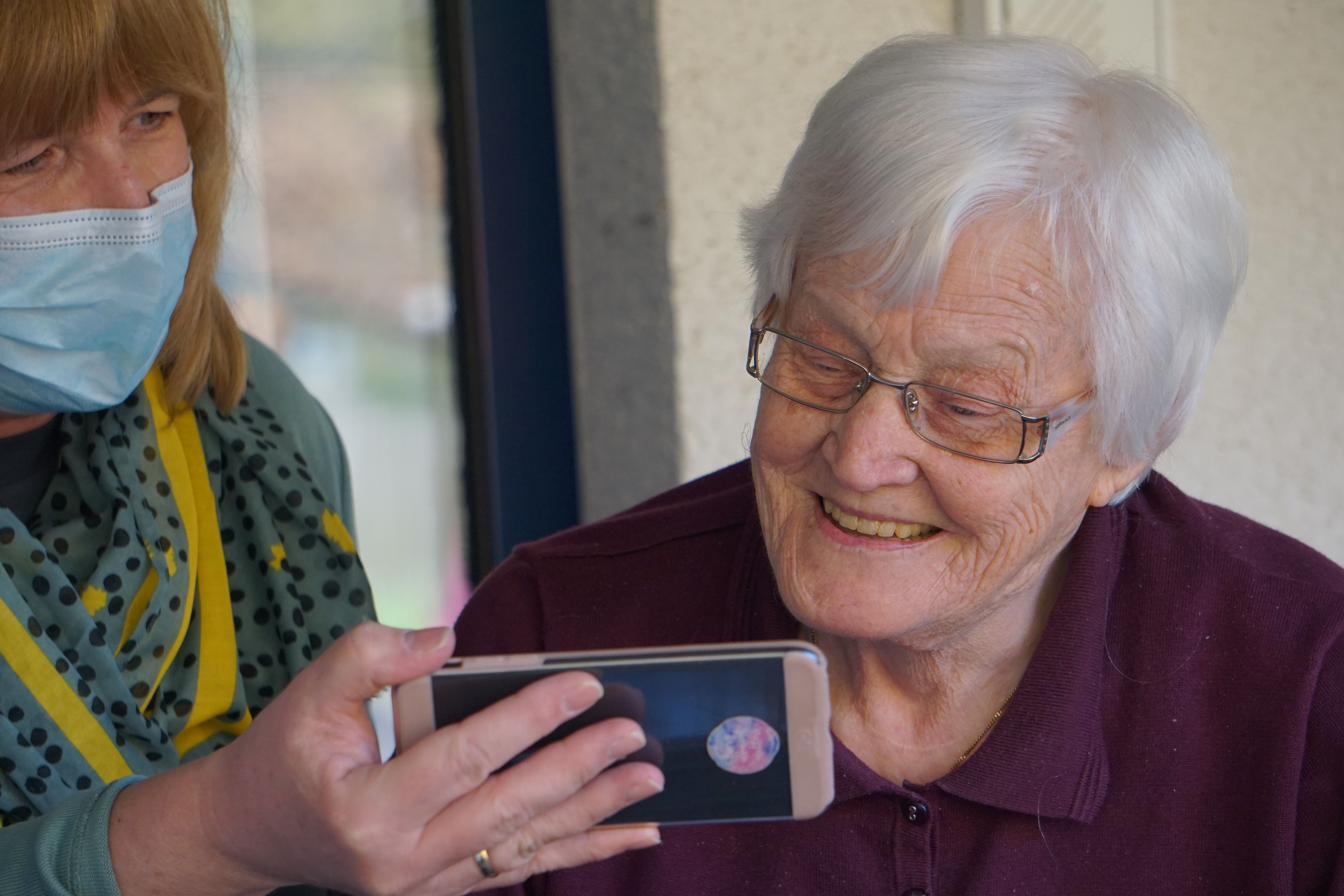Reducing COVID-19 Spread in Nursing Homes
Compared to placebo, patients treated with bamlanivimab had reduced incidence of mild or worse COVID-19 infection.

Bamlanivimab can reduce the incidence of mild or severe COVID-19 in residents and staff of skilled nursing and assisted living facilities, according to an original investigation published in JAMA.
Investigators from around the United States conducted a randomized, double-blind, single-dose study involving the residents and staffs of 74 skilled nursing and assisted living facilities across the country in order to test the effect of bamlanivimab on the incidence of COVID-19 among this population. These facilities had at least 1 prior confirmed index case of COVID-19. Between August 2 and November 20, 2020, the study authors enrolled 1174 participants in the study, and all participants were followed for 57 days.
The participants were enrolled to receive a single, intravenous infusion of 4200 mg bamlanivimab or placebo, the study authors added. The participants were evaluated for 8 weeks with a 24-week follow-up period. This included nasal swabs collected on study days 1, 8, 15, 22, 29, 36, 43, 50, and 57. The study authors also noted that preventative interventions are needed to protect this population from COVID-19 during outbreaks at their facilities, and as a neutralizing monoclonal antibody against the infection, bamlanivimab may be able to confer rapid protection.
At baseline, 666 staff and 300 residents were negative for COVID-19 infection, and these participants ranged from 18 to 104 years, and about three-quarters were women, the study authors noted. Demographics and risk factors between the 2 groups were balanced, the investigators said, but added that there was little racial diversity among the participant population (a reflection of the populations in facilities who agreed to participate in this trial, they said).
Compared to placebo, bamlanivimab significantly reduced the incidence of COVID-19 in the prevention population (8.5 percent vs. 15.2 percent, respectively), the study authors reported. By Day 57, the study authors observed 5 deaths, though all were members of the placebo group.
About 12 percent of participants experienced mild or worse COVID-19 by day 57, the study authors said, but bamlanivimab patients had reduced incidence of mild or severe cases compared to the placebo patients. Among facilities’ residents, mild or worse COVID-19 was lower in the bamlanivimab group compared to the placebo, but there was not a significant difference between the bamlanivimab and placebo groups among the facilities’ staffs.
The rate of adverse events in the population reached 20 percent in the bamlanivimab compared to 18.9 percent in the placebo group, the study authors said. They noted the most common adverse event was urinary tract infection (reported by 12 bamlanivimab participants, or 2 percent, and by 14 placebo participants), and hypertension (7 bamlanivimab participants, or 1 percent; 10 placebo participants).
Among the third of participants who tested positive for COVID-19 within the 8 weeks of intervention randomization, those who received bamlanivimab had lower vial loads compared to placebo recipients at the time of their first positive test, the investigators noted. Additionally, the bamlanivimab patients achieved viral clearance after testing positive more quickly than those in the placebo group: at 1 week, 14.9 percent vs. 8.3 percent; at 2 weeks, 86 percent vs. 61 percent; and 3 weeks, 93 percent vs. 78 percent.
“Bamlanivimab was also associated with lower rates of infection in residents and high-risk individuals,” the study authors concluded. “Participants in the prevention population who received bamlanivimab and acquired SARS-CoV-2 had lower baseline viral loads and shorter time to viral clearance compared with participants who received placebo. Since higher viral loads may correlate with higher degrees of infectiousness, decreasing viral load through prophylaxis could potentially slow further spread of disease, although this has yet to be tested.”
